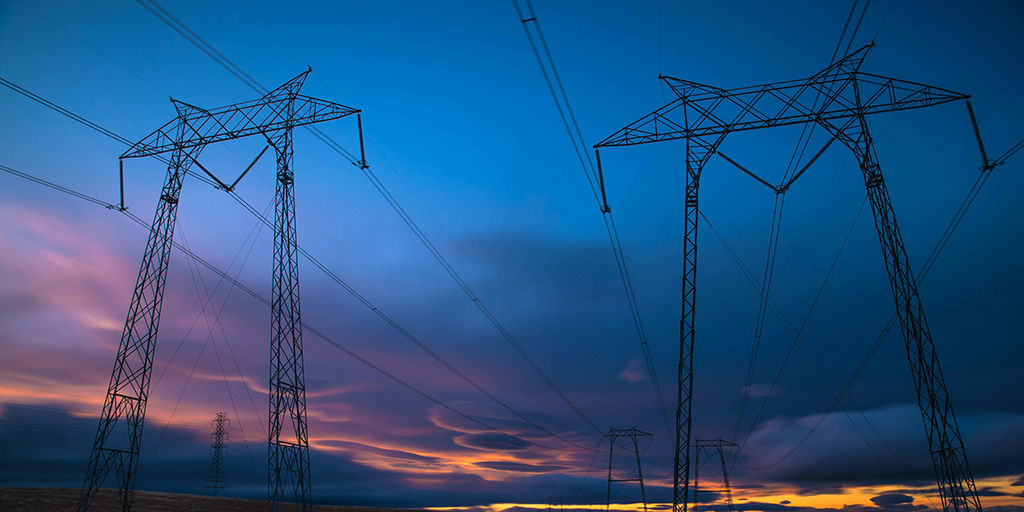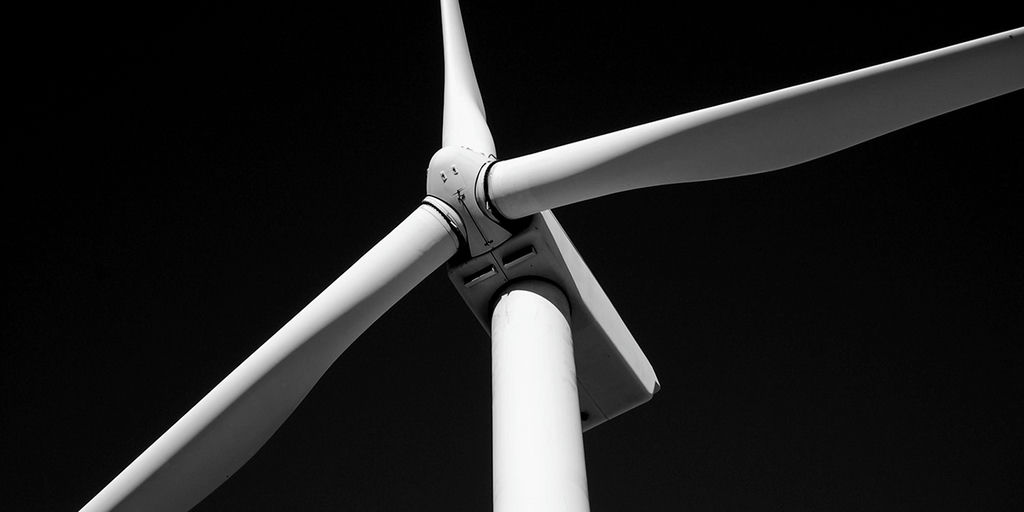What You Need to Know About Clean Electricity Tax Credits

Image Source: Casey Horner/Unsplash
This is the last of a series of articles providing guidance on how taxpayers in the United States can receive federal tax credits under provisions of the Inflation Reduction Act of 2022 that are intended to promote clean energy. The previous articles in the series are What You Need to Know About Electric Vehicle Tax Credits, What You Need to Know About Residential Energy Tax Credits, and What You Need to Know About Low-Income Communities Bonus Credits.
Each of the 26 clean energy tax provisions in the Inflation Reduction Act of 2022 (IRA) has the potential to help push the United States toward a future that is less reliant on the fossil fuels that are the central drivers of climate change. But if there are quiet game-changers at the national level in the law, they are perhaps the clean electricity production tax credit and clean electricity investment tax credit, according to one leading climate group.
“[T]he credits that have the greatest impact to drive forward the clean energy transition will operate largely out of sight from consumers,” Seattle-based Evergreen Action said in a May 2023 post. “The clean electricity production tax credit (PTC) and investment tax credit (ITC) fit that profile: lesser-known, but among the IRA’s highest-impact investments to spur a fair and equitable clean energy economy.”
PROMOTING CLEAN ENERGY The program’s intent is laid out in their names – to provide tax credits for investment in facilities that generate zero-emission electricity or for the production of similarly clean energy. Like other tax credit programs in the IRA, these initiatives are updated versions of existing programs, going into effect on Jan. 1, 2025. Only one of the credits can be used for a project, so no double-dipping. There is no technology specification in the updated credits; by comparison, the previous production tax credit applied specifically to renewable energy facilities, according to the North Carolina Clean Energy Technology Center.
Eligible technologies for either program encompass various wind and solar systems, municipal solid waste, geothermal, and tidal. The ITC-only list adds energy storage, microgrid controllers, fuel cells, microturbines, and expenses related to interconnection. If applying solely for a PTC, the relevant technologies are biomass, landfill gas, hydroelectric, marine, and hydrokinetic.
Both start with modest credit offerings that can be boosted significantly based on wages offered to workers, the amount of domestic material used in the project, and whether they are located in an “energy community.” Anticipated levels of uptake of those credits to support clean energy projects could have substantial effects on emissions, the U.S. Energy Information Administration (EIA) said in its 2023 Annual Energy Outlook. In the “Reference” case that represents the agency’s most likely scenario, there is uptake of the base credits and certain bonus credits that propel a 33% reduction in national carbon dioxide (CO2) emissions from 2005 levels by 2030.
“The emissions decline comes because carbon-free resources provide more electricity by 2050 than coal and natural gas. IRA provisions in the Reference case push wind and solar to 56% of electricity generation by 2050,” the EIA said.
BASE CREDIT WITH ABILITY TO BOOST The Investment Tax Credit offers a ground-floor credit for 6% of the qualified investment in a facility that produces clean electricity, as well as certain energy storage technologies. The Production Tax Credit offers 0.3 cents per kilowatt for generation of electricity without greenhouse gas emissions.
From there, each program can raise credits by five times if the project meets “prevailing wage and apprenticeship requirements” – for the initial decade of a Production Tax Credit project and for the initial five years of an Investment Tax Credit job, according to Evergreen Action. Here, a prevailing wage is defined as the average wage that workers are paid in a specific job and area.
Credit boosts are also available for projects in both programs that are built with sufficient amounts of domestically produced steel, iron, and manufactured products – 10% for the PTC and up to 10 percentage points for the ITC. Additional credits in those same levels are on the table for a project in an energy community – which, among other sites, encompasses a location that meets the federal definition for a brownfield site; a metropolitan or other area for which since Dec. 31, 2009, has counted at least 0.17% of employment or a quarter of local tax revenue connected to “extraction, processing, transport of coal, oil, or natural gas”; or a census tract in which a coal mine closed after Dec. 31, 1999, or a coal-fired electrical generating unit shut down after Dec. 31, 2009.
“Initial projections indicated that the two credits alone will comprise more than $125 billion of investments. Multiple recent reports blow that figure out of the water. According to Goldman Sachs modeling, the IRA could drive three times the climate investments initially projected, with an additional $82 billion in clean energy credits,” Evergreen Action said. “The Congressional Joint Committee on Taxation, which issued the authoritative initial IRA cost estimates, produced even higher revised credit projections—their April 2023 figures indicate the IRA’s clean energy tax credits will drive nearly $570 billion of new federal investments. According to the Wall Street Journal’s coverage, “companies are rushing to cash in on tax credits that aren’t capped.”
These articles have presented just a slice of the tax benefits available for pursuing clean energy projects and technologies. You can find a full list from the White House here, with information also available from participating federal agencies.
Earth Hero also has a number of actions to help you reduce your climate pollution footprint and help push our society toward better ways of living. Take action today!

